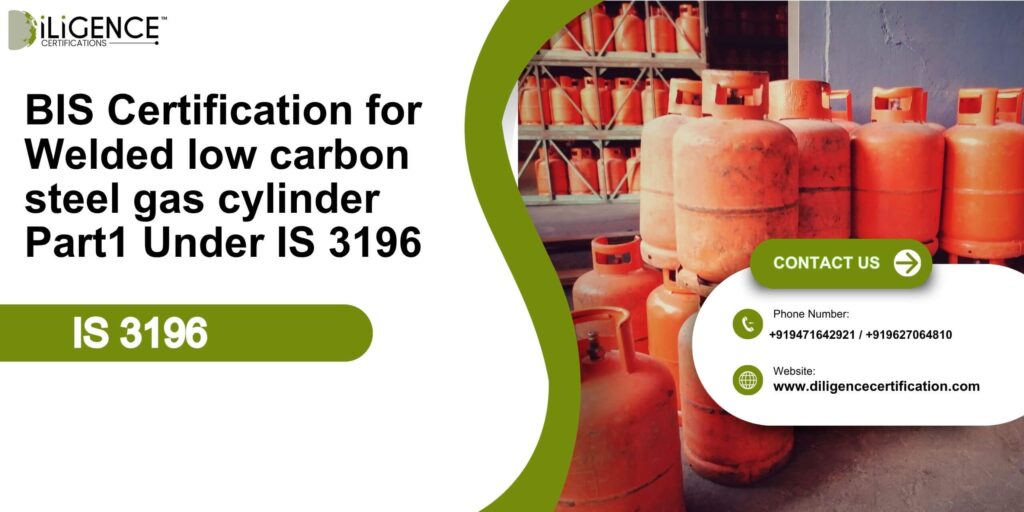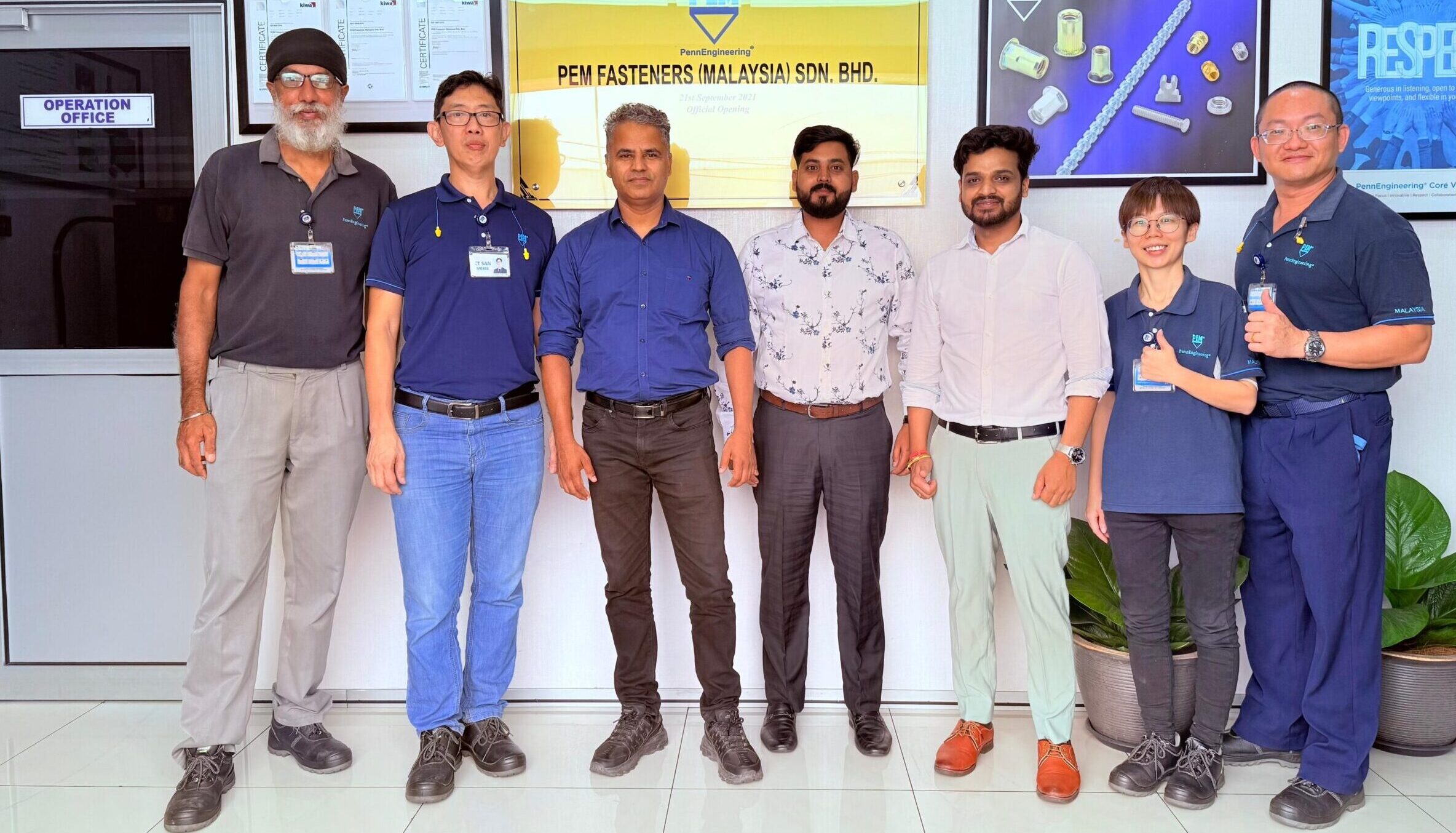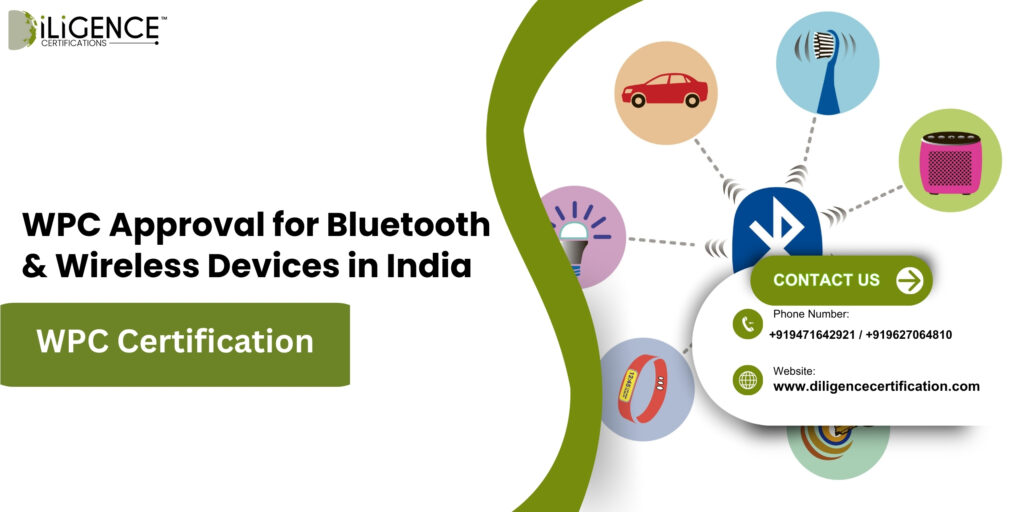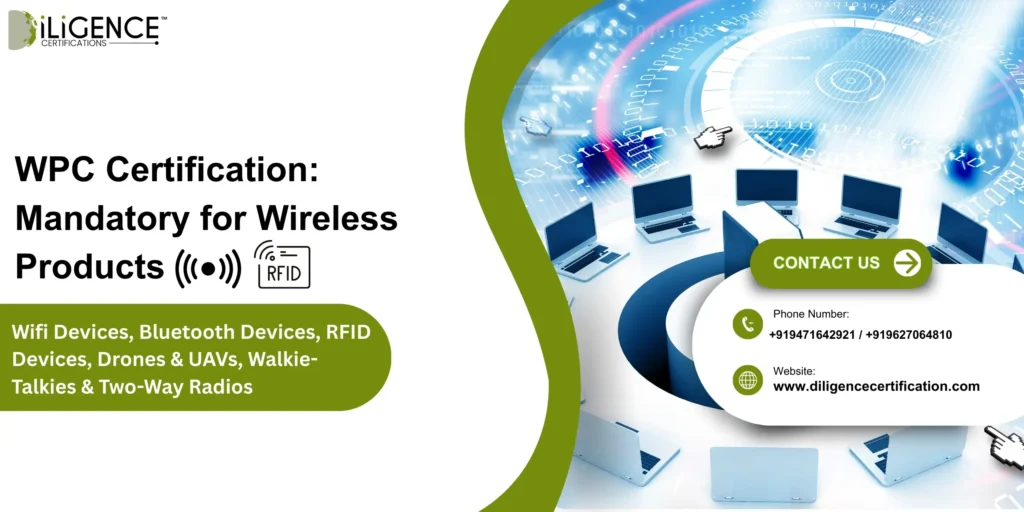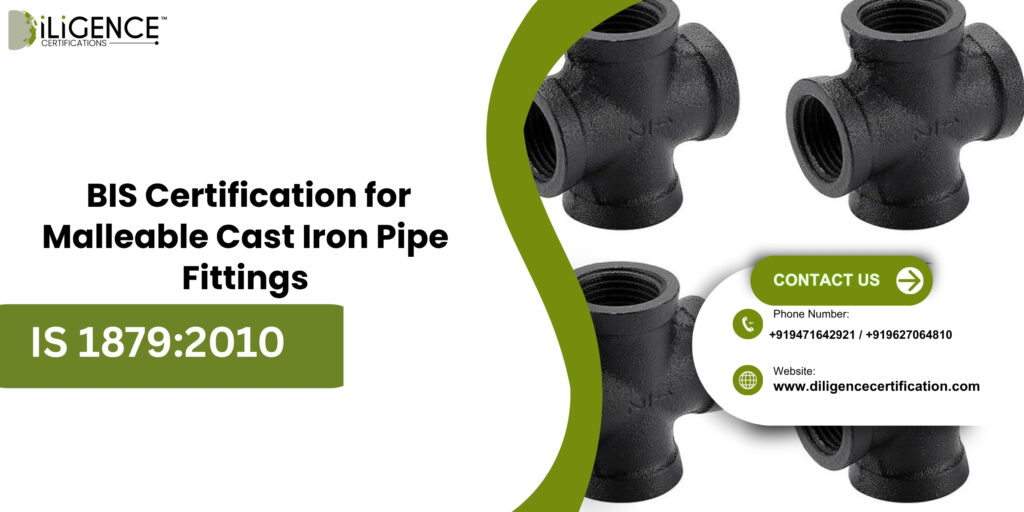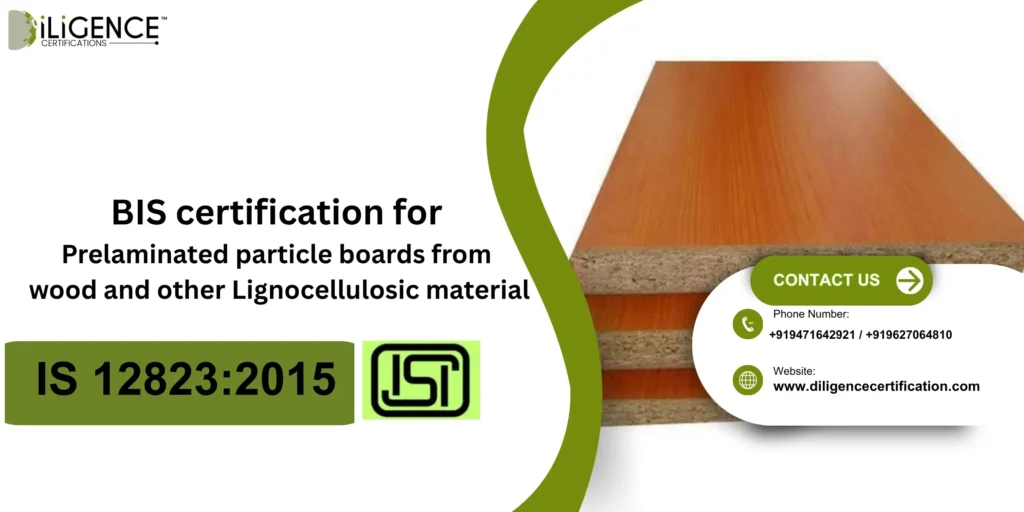- BIS certification according to IS 3196 (Part 1) is required by law for welded low carbon steel gas cylinder with a volume of more than 5 L.
- Cylinders are subjected to hydrostatic, fatigue, leak, impact, and NDT tests in accredited laboratories to pass the tests.
- The stages are factory inspection, dossier submission, and ISI licence issuance.
- Manufacturers are required to keep QA manuals, calibration records, and material traceability.
- License holders are subject to periodic BIS inspections and retests to maintain their status.
Introduction
The production of welded low-carbon steel gas cylinders with a volume of more than 5 liters for low-pressure liquefiable gases should follow safety and quality standards very closely. BIS certification under IS 3196 (Part 1) is a must for legal production and sale. Quite a few manufacturers are delayed due to incomplete documentation or type tests. uncertified cylinders cannot be released into the market, thus posing legal and financial consequences. Knowledge of the whole procedure from type testing and dossier submission to factory inspection and ISI marking is indispensable for trouble-free operations and trust in the market.
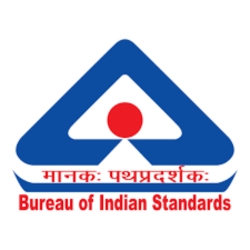
What is BIS Certification for Welded low carbon steel gas cylinder
BIS Certification for Welded Low Carbon Steel Gas Cylinder is a must-have approval that the Bureau of Indian Standards (BIS) grants to the production and marketing of welded low-carbon steel cylinders of water capacity more than 5 liters for low-pressure liquefiable gases (like LPG) under IS 3196 (Part 1).
The certification specifies safety, design, and quality of the cylinders, for example:
- Material (low-carbon steel) and weld quality
- Mechanical and hydrostatic tests
- Leak-proof and fatigue performance
- Compliance with BIS’s Scheme of Testing & Inspection
The manufacturer is given a nod to put the ISI mark on the product, which is an indication that the cylinders are tested, safe, and in conformity with Indian regulatory requirements once the certification is secured.
What is Part1 Under IS 3196?

Part 1 of IS 3196 is the section of the Indian Standard which describes the criteria for the welded low-carbon steel gas cylinders, which are used for low-pressure liquefiable gases, such as LPG.
Basically, IS 3196 (Part 1) is comprising:
- the design and construction of the welded steel cylinders
- The material specifications including the composition of low-carbon steel
- Standards and procedures for welding
- Type and mechanical tests to prove safety under pressure
- Inspection, marking, and quality assurance requirements
- Firstly, the production, structural solidity, and safety
Tests of the cylinders are the main focuses of Part 1, which are the methods used to evaluate the safety of the cylinders for the storage and transport of liquid gases at low pressures.
Why BIS Certification is Mandatory for Welded low carbon steel gas cylinder
BIS certification is a must for a welded low-carbon steel gas cylinder with a water capacity of more than 5 liters according to Indian law. The reason is that such cylinders contain low-pressure liquefiable gases like LPG which are highly flammable and can lead to serious safety hazards.
Key reasons for mandatory certification:
- Consumer Safety: The unit undergoes tightly mechanical, hydrostatic, and leak-proof tests, thus the occurrence of accidents is avoided.
- Legal Compliance: It is against the law to sell or manufacture such cylinders without BIS approval under Scheme I (compulsory ISI certification).
- Quality Assurance: It is a measure of the qualities of the materials and the process used, i.e. approved low-carbon steel, welding, and IS 3196 (Part 1) specifications.
- Traceability & Accountability: A cylinder with BIS certification bears the proper markings and has the records; hence, it is quite simple to determine the source of a defect.
- Market Acceptance: ISI-marked cylinders are trusted by distributors, LPG companies, and end-users; hence, there is an increase in market access.
Key features of BIS Certification
- Mandatory Compliance: Gives the assurance that manufacturers are legally producing and selling cylinders that have a water capacity of more than 5 L for low-pressure liquefiable gases.
- Safety Assurance: It is the safety assurance that the cylinders are tested for hydrostatic strength, leak-proof performance, and mechanical integrity, and they meet the strict standards.
- Quality Control: It is a requirement that materials, welding, fabrication, and IS 3196 (Part 1) based inspection procedures be followed.
- Type and Routine Testing: The type tests (hydrostatic, fatigue, leak, and impact) as well as the routine factory tests for each batch are the tests to which cylinders are subjected.
- ISI Mark Authorization: The ISI mark is the sign that compliance and reliability to consumers are signaled by the licensed manufacturers who can legally use the ISI mark.
- Surveillance & Audits: BIS does factory inspections on a regular basis and also sample testing to keep check on the compliance of the factories.
Step by Step process of BIS Certification for Welded low carbon steel gas cylinder

Step1: Documentation
- A comprehensive manual describing the entire production and QA procedures
- The paper certificates for the steel and the consumables
- Records of the calibration of the testing instruments
- The factory layout, the flow of the process, the drawings, and the BOM
- Pictures of the cylinders and the prototypes
Step2: Product Testing
- Type tests: hydrostatic, fatigue, leak, impact, mechanical, and weld NDT
- The factory routine tests of each batch
Step3: Application Submission
- Filing an application through the BIS web portal
- Uploading the dossier, test reports, and paying the fees
Step4: Scrutiny and Inspection
- BIS scrutinizes the papers and may ask for clarifications
- An inspection of the factory to confirm QA systems, production, and machinery
- Cylinder samples chosen for lab verification
Step5: Grant of License
- Confirmation-testing of the chosen samples
- ISI mark license binding with gas cylinder types, terms, and validity is issued
- Regular checks and audits to ensure that the standard is sustained
Importance and Benefits of BIS Certification
Importance of BIS Certification
- Safety Compliance: The main emphasis is on the safety aspects of the cylinders that they can safely hold and transport low-pressure liquefiable gases without any hazards. As a result, the number of incidents is minimized.
- Legal Requirement: It is certainly a requirement under Scheme I; thus, the production or selling of cylinders without BIS permission is considered illegal in India.
- Quality Assurance: Makes sure proper quality materials are selected, welding is done accurately, and the standards of IS 3196 (Part 1) are complied with.
- Traceability & Accountability: Keeps track of all the records of the materials, tests, and QA procedures for every batch of cylinders.
Benefits of BIS Certification
- Market Credibility: The LPG companies, distributors, and consumers get assured of the safety of the cylinders that have an ISI mark.
- Competitive Advantage: One of the major effects of the company committing to quality and safety is to make the products more visible among άλλων θα ξε curves In turn, this leads to a higher level of trust from the müşterilerin.
- Regulatory Protection: It is useful in the goodwill of the company in compliance with regulations, thus, the risks of illegal situations and potential fines are minimized.
- Continuous Quality Monitoring: The presence of surveillance audits and batch tests is the guarantee that the standards are still being adhered to.
- Business Expansion: Products with certification can be allowed by major clients and government contracts, and there is an opportunity for exports.
Why choose Diligence Certifications
- Expertise in BIS Certification: Long time experience in helping manufacturers of welded low-carbon steel gas cylinders to comply with IS 3196 (Part 1) standard.
- End-to-End Support: It involves your journey from type testing and dossier preparation, through factory inspection and licence grant.
- Customized QA Solutions: We assist in factory quality manuals, calibration, and traceability processes that are specifically made for your factory.
- Approval Speed-Up: Thanks to our neat and clean work method, delay in documentation, testing, and the BIS inspection phase is very much reduced.
- Guarantee of Compliance: Long range support on surveillance audits as well as batch testing to enable smooth continuation of your ISI licence.
- The Ones You Can Count on: Manufacturers throughout India have been able to get certified with our help and have avoided the most common mistakes along the way.
Conclusion
BIS Certification for Welded Low Carbon Steel Gas Cylinder Exceeding 5 L Water Capacity for Low Pressure Liquefiable Gases Part 1 under IS 3196 (Part 1) is the bedrock of safety, legal compliance, and market credibility. The certification covers strict standards for cylinder materials, welding, and mechanical properties. If documents are done properly, tests are performed, and the factory is ready, then the process will go smoothly and there will not be any delays. The ISI mark is a sign of quality and trust from the customer and the distributor.
Frequently Ask Questions
What is BIS Certification for welded low-carbon steel gas cylinders?
BIS certification is the authorization that the Bureau of Indian Standards gives to the product after its safety, quality, and standardization verification have been made. In the case of a welded low-carbon steel gas cylinder carrying low-pressure liquefiable gases, the product must comply with IS 3196 (Part 1) as well as other relevant standards, and also meet safety and quality requirements.
Who needs BIS Certification for these cylinders?
BIS certification main target entities are manufacturers, fabricators, and importers of welded low carbon steel cylinders with a water capacity of more than 5 liters, LPG or similar gases, for which the cylinders are the case.
What does IS 3196 (Part1) cover?
The standard deals with the design, materials, manufacturing, the performance of the type, and mechanical tests, and the examination of low-pressure welded steel gas cylinders.
Is BIS Certification mandatory?
BIS certification must be done. Under Scheme I (compulsory ISI mark), manufacturing or selling these cylinders without BIS approval in India is considered an act of non-compliance.
What type tests are required?
The type tests are hydrostatic (proof) tests, fatigue/cyclic tests, leak tests, impact/drop tests, and material tests (tensile, elongation), and non-destructive testing of welds.
Which labs can conduct these tests?
The tests should be done in laboratories that are recognized by BIS or accredited by NABL and have the facilities for pressure equipment and cylinder testing.
What documents are required for application?
The essential documents are QA manual, material certificates, calibration records, drawing/BOM, factory layout, process flow, and photos of prototypes.
How long is the BIS certification process?
The typical time frame is 2-4 months. The time period depends on the readiness of the dossier, pre-testing, laboratory, and factory inspection availability.
What is the BIS license validity?
Normally, Scheme I provides for an ISI license to be valid for two years and renewal and surveillance audits extend it.
What are the benefits of BIS Certification?
The benefits of the BIS certification are safe products, legal compliance, product traceability, brand trust, distributor acceptance, and, most importantly, continuous quality control through audits.






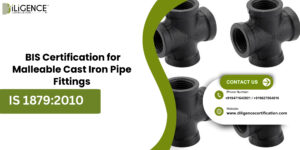
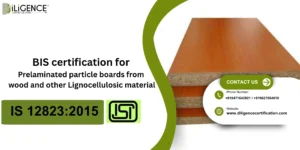
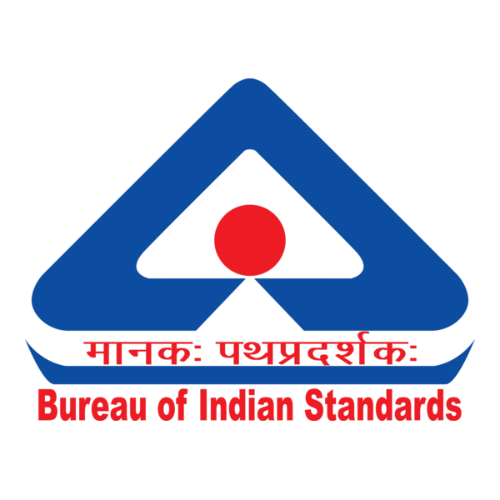 BIS Certification
BIS Certification
 CDSCO
CDSCO
 CPCB
CPCB
 LMPC
LMPC
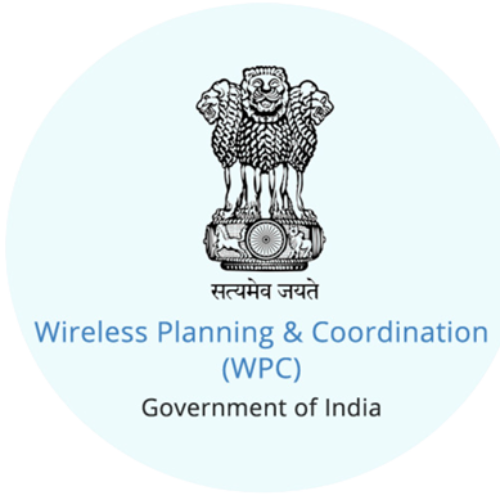 WPC Approval
WPC Approval
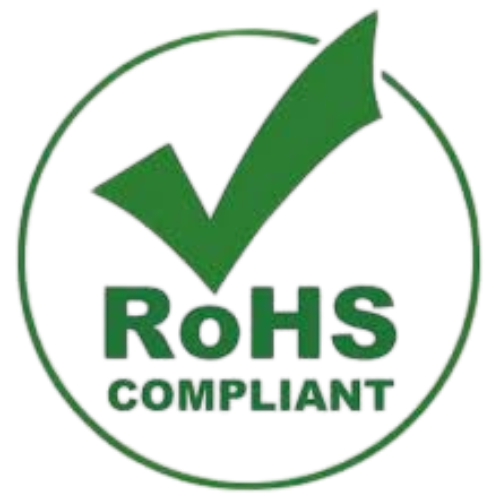 Global Approvals
Global Approvals
 TEC
TEC
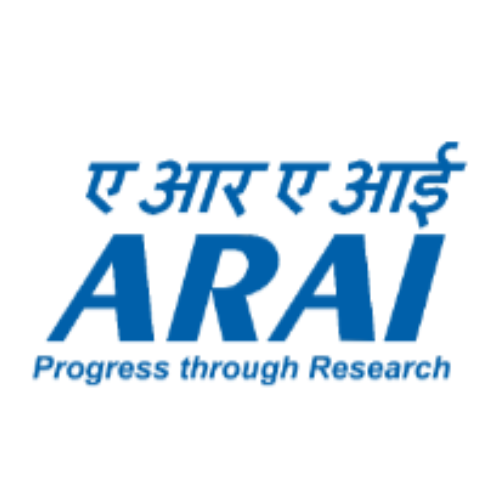 ARAI
ARAI
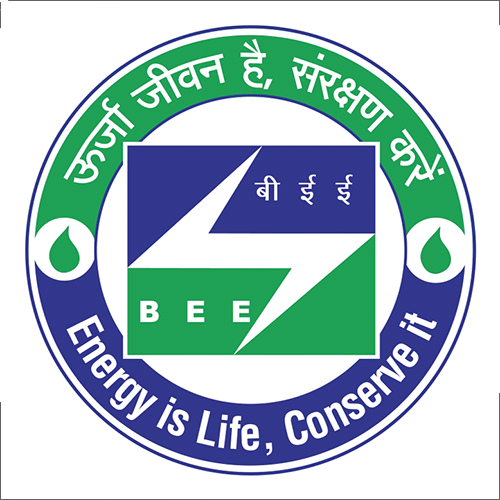 BEE
BEE
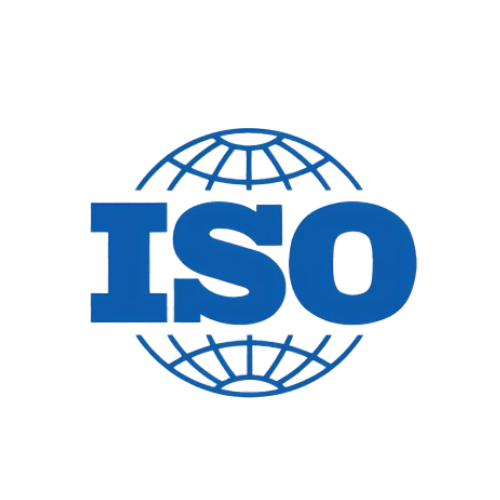 ISO Certification
ISO Certification
 Drone Registration
Drone Registration
 NOC For Steel
NOC For Steel



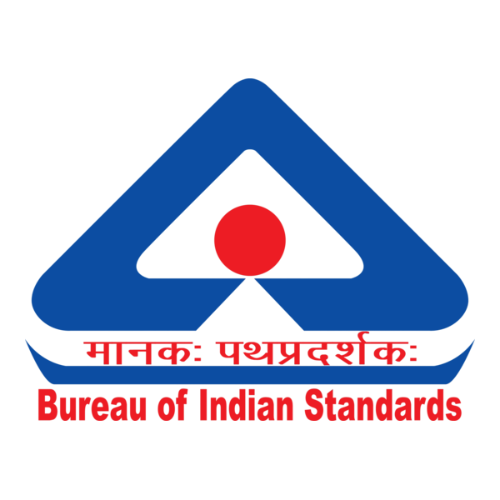




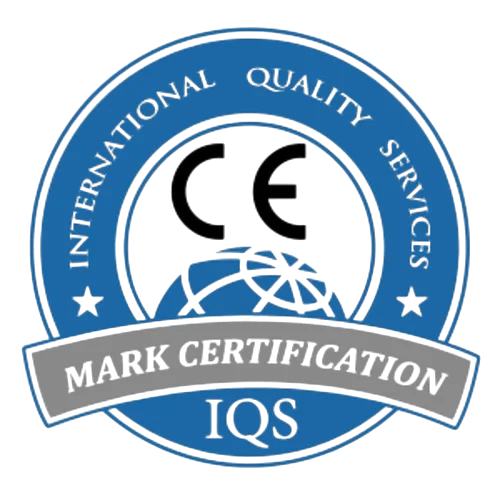




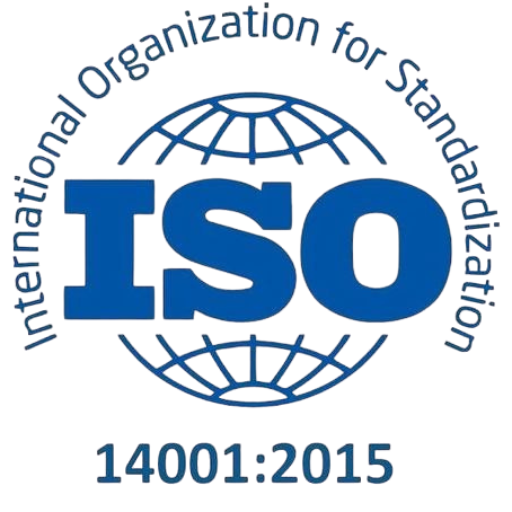
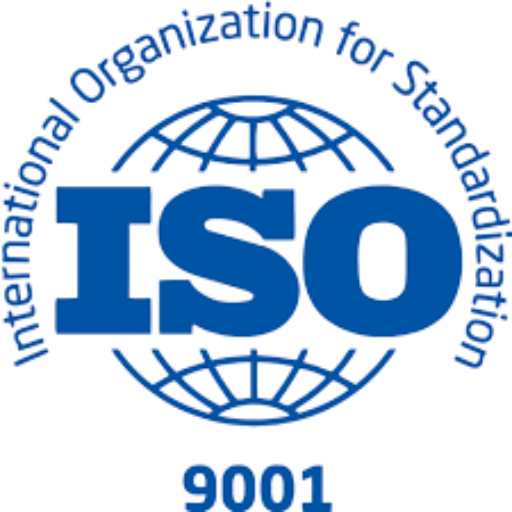
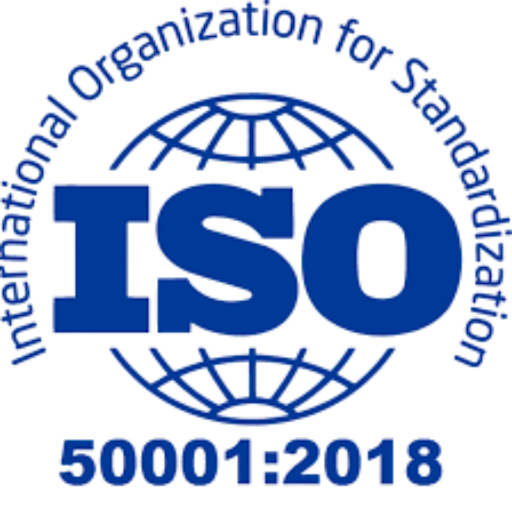

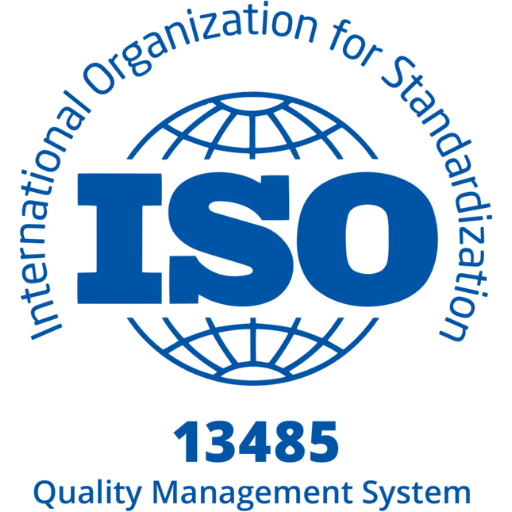
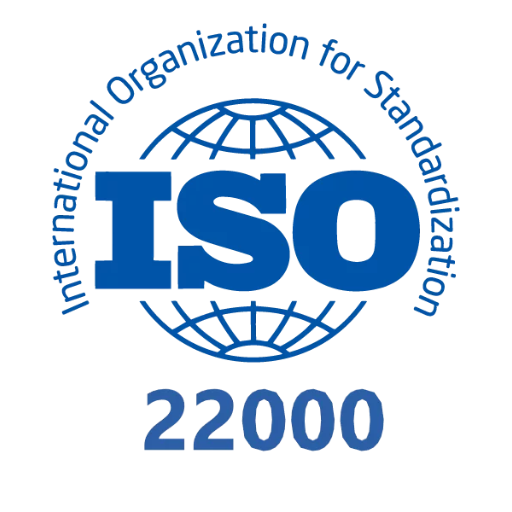
 Business Registration
Business Registration





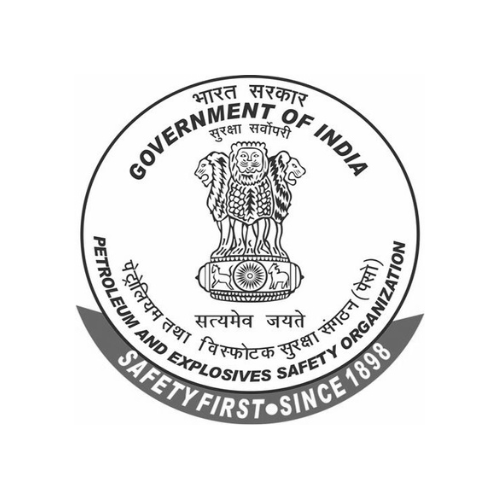






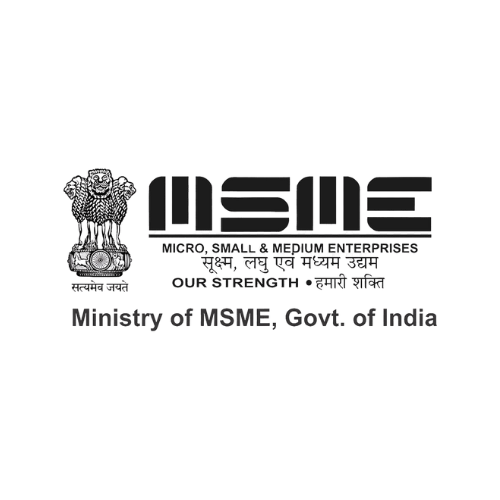


 Legal Services
Legal Services
